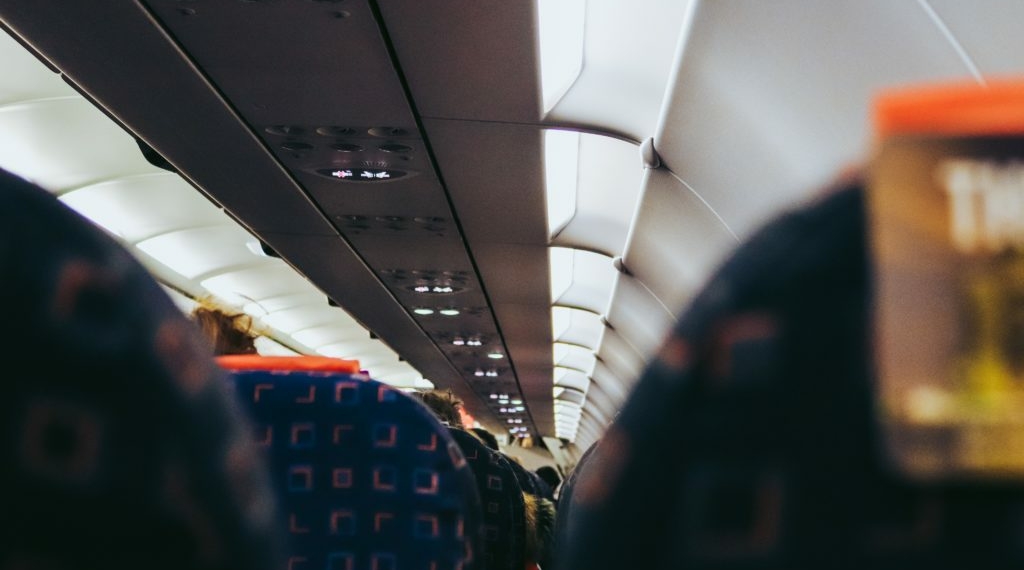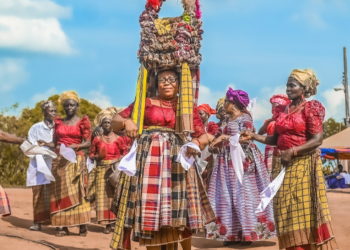Airports around the country this weekend were thrown into turmoil after the South African Civil Aviation Authority (SACAA) was forced to ground two carriers regarding safety concerns. Local low-cost carrier, FlySafair, is one of the few airlines left to accommodate those stranded by last-minute cancellations.
Also read: Kulula and British Airways grounded by Aviation Authority, all flights cancelled
“This weekend’s groundings meant that almost four in every ten passengers due to travel were left stranded,” says Kirby Gordon, Chief Marketing Officer at FlySafair.
The airline rallied to add as many additional flights as it could in an attempt to cater for those in need. “Our fleet was fully deployed on the published schedule, so it was challenging to add more capacity because we simply didn’t have spare aircraft or crew to mobilise at this time,” he explains.
The low-cost airline model was established in the early 1950s and a key characteristic has always been the most efficient possible aircraft utilisation. While carriers like FlySafair can sometimes activate a spare aircraft, it’s generally not expected that they would be able to add many more flights when their fleet is being properly used. However, this is exactly what FlySafair did in order to add an additional ten flights this weekend.
Customers left stranded without warning:
“Our airport teams have witnessed first-hand the number of people who’ve been stranded by these developments,” says Gordon, who adds, “What makes the situation worse is that these folks are all trying to secure the last seats on available flights, which are generally the most expensive ones.”
Gordon explains that the first seats to sell on a low-cost carrier are usually sold at a loss. As the aircraft fills up, the seats become incrementally more expensive and it’s the last seats that command the highest prices – therefore fares over holiday periods and other periods of high demand are usually…





